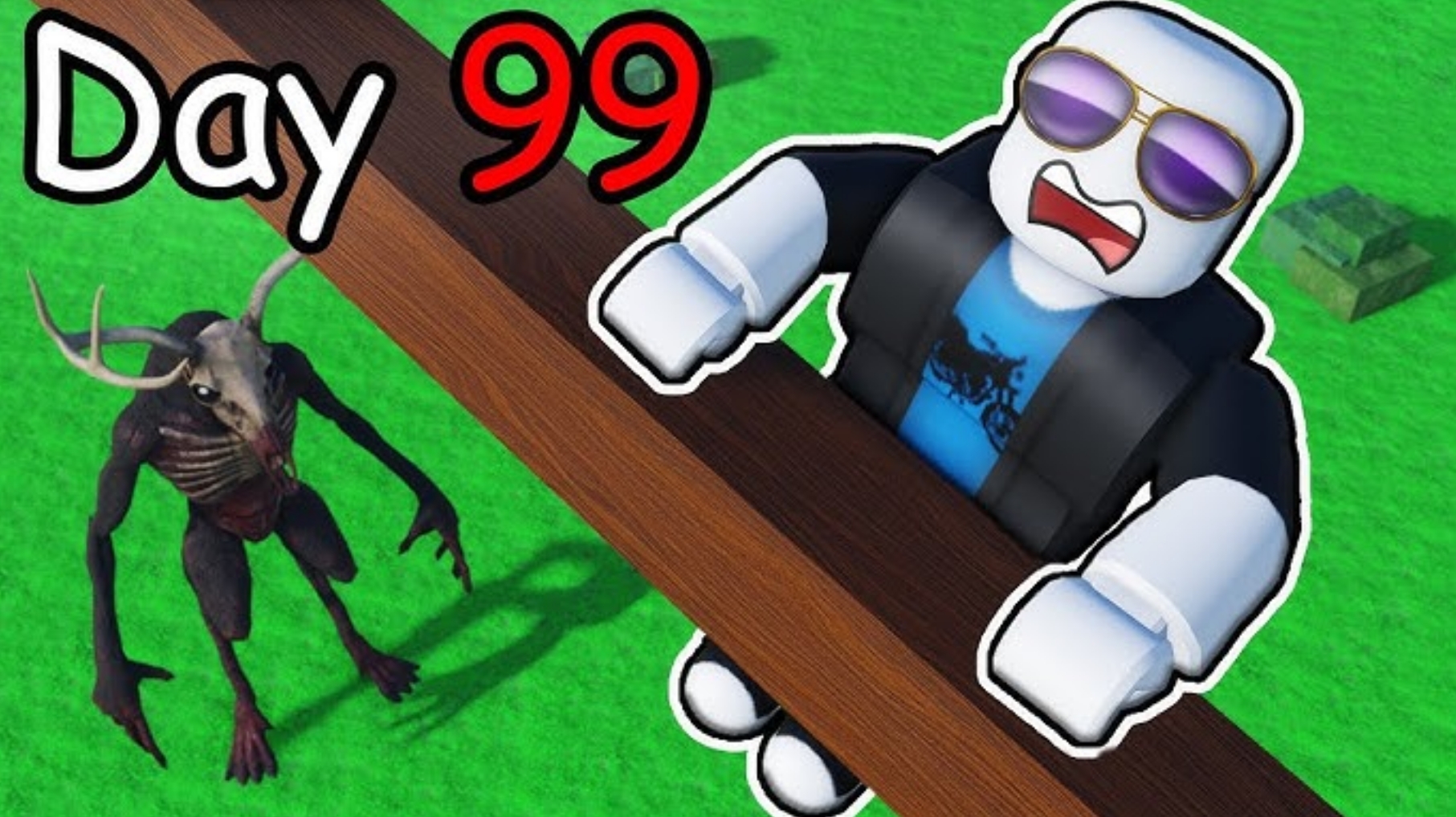Difficulty and Horror Level Review of 99 Nights in the Forest

For any player stepping into the cursed woods of 99 Nights in the Forest, the first questions are often: How hard is this game? And how terrifying is the experience? Before embarking on this grueling survival journey, understanding the true difficulty and horror intensity is essential for mental preparation.
Game Difficulty Assessment: Survival Challenges and Strategic Depth
99 Nights in the Forest tests your survival skills through resource management and strategic gameplay. It is not a casual game but demands thoughtful planning and sharp execution.
Resource Management Pressure
- Scarce Wood Supply: Wood is your lifeline early on. Building and maintaining your campfire requires constant chopping and transporting, but daylight is limited. Efficiently gathering resources while ensuring safety is a major challenge.
- Continuous Consumption: The campfire steadily burns wood, meaning you rarely get a break and must always prepare for the next refuel.
The Threat of the “Deer Anomaly”
- Never Fully Eliminated: These hostile creatures reappear persistently, forcing you to remain vigilant. Effectively repelling and avoiding them is key to survival.
- Increasing Numbers and Frequency: As nights progress, expect more frequent and numerous attacks, intensifying pressure.
Multitasking Survival and Rescue
- You must not only survive but also locate and rescue missing children scattered throughout the forest. This requires venturing beyond your safe zone, increasing risk.
- Balancing exploration, resource collection, and campfire maintenance is a critical skill.
Steep Learning Curve
- The game lacks detailed tutorials. Players must independently discover survival tactics like sound tracking and efficient wood collection routes, demanding patience and adaptability.
Overall, 99 Nights in the Forest offers a medium-to-high difficulty level. It challenges your resource management, strategic thinking, reaction time, and environmental awareness. Newcomers to survival games may find the early stages frustrating.
Horror Level Assessment: Facing Your Deepest Fears
The horror in 99 Nights in the Forest is not about gore but atmosphere, psychological tension, and well-timed jump scares.
Oppressive Atmosphere
- Endless Darkness and Silence: Most of the game unfolds in the pitch-black forest, with only your campfire offering light. This visual claustrophobia builds fear.
- Unknown and Uncertainty: You never know when or where the Deer Anomaly will appear. Ambient sounds like wind and rustling leaves are amplified, keeping you on edge.
Auditory Terror
- The low growls, snarls, and heavy footsteps of the Deer Anomaly are primary sources of fear, especially in the stillness of night.
- Background music (if present) tends to be ominous and deep, amplifying tension.
Jump Scares
- Sudden appearances of the Deer Anomaly accompanied by loud sounds and visual shocks create effective jump scares.
- These typically happen when the creatures approach your campfire or launch attacks.
Psychological Stress
- Sense of Desperation: As nights go on, dwindling resources and constant threats induce a feeling of being trapped with no escape.
- Isolation: Facing unknown dangers alone in a vast forest deepens the horror experience.
In summary, the game’s horror level is medium-high. It relies more on masterful ambiance and sound design than graphic violence. Jump scares are present and impactful but not overwhelming.
Who Is This Game For?
- Survival Game Enthusiasts: If you enjoy resource management, strategic planning, and challenging gameplay, this game offers a rewarding experience.
- Fans of Atmospheric and Psychological Horror: Those who prefer tension created by mood, sound, and surprise over gore will find this game fitting.
- Players Sensitive to Jump Scares: Be warned—there are jump scares. Consider watching gameplay videos first to gauge the horror style before diving in.
Final Thoughts: Prepare Your Heart and Mind
Before you enter the shadowy world of 99 Nights in the Forest, make sure you’re ready to face darkness, solitude, and relentless pressure. Only then can you hope to find that glimmer of survival in this nightmare.